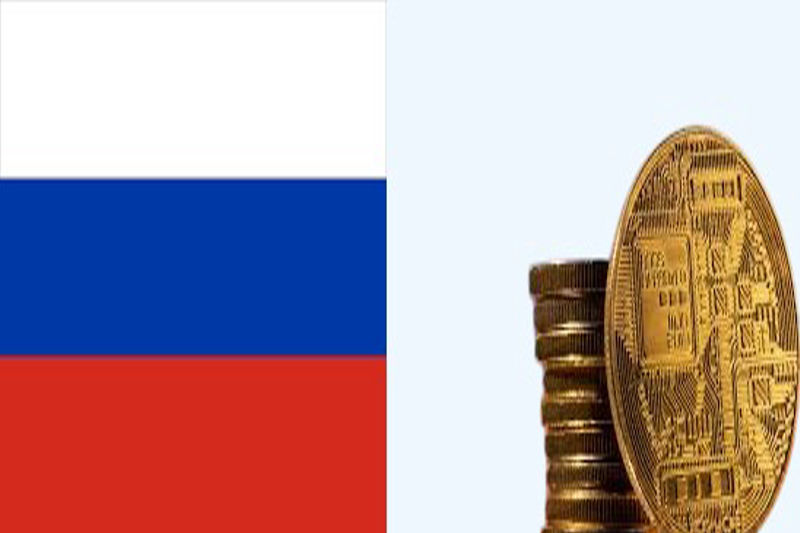Introduction
The global financial landscape is rapidly evolving, with digital currencies playing an increasingly significant role. As Western sanctions continue to pressure Russia’s economy, the country has been exploring alternative financial systems, including digital currencies. But does Russia have enough digital money to sustain its economy? And can it achieve true financial independence in the future through digital assets?
This article examines Russia’s digital currency initiatives, the challenges it faces, and whether it can leverage digital money to reduce dependence on traditional financial systems.
Russia’s Push Toward Digital Currencies
1. The Digital Ruble: Russia’s CBDC Initiative
Russia has been actively developing its Central Bank Digital Currency (CBDC), known as the digital ruble. The pilot program, launched in 2023, aims to modernize payments, reduce reliance on foreign payment systems like SWIFT, and improve financial sovereignty.
Advantages of the Digital Ruble:
Faster and cheaper crossborder transactions.
Reduced dependency on the U.S. dollar.
Enhanced control over monetary policy.
However, the digital ruble is still in its early stages, and widespread adoption remains uncertain.
2. Cryptocurrency Adoption in Russia
Despite initial skepticism, Russia has shown growing interest in cryptocurrencies like Bitcoin and stablecoins.
Legalization Efforts:
In 2024, Russia passed laws allowing cryptocurrency use in international trade.
Some Russian companies now accept crypto for exports, bypassing sanctions.
Challenges:
Regulatory uncertainty and lack of infrastructure.
Volatility of cryptocurrencies poses risks.
Does Russia Have Enough Digital Money?
1. Current Digital Liquidity
Russia’s digital currency reserves are still limited compared to traditional financial assets.
Digital Ruble Circulation: The pilot phase involves only select banks and users.
Crypto Holdings: While some businesses and individuals hold crypto, it’s not yet a dominant form of money.
2. Sanctions and the Need for Alternatives
Western sanctions have restricted Russia’s access to global financial markets, pushing the country toward digital alternatives.
Use of Stablecoins: Some Russian firms are using Tether (USDT) and other stablecoins for trade.
GoldBacked Digital Tokens: Discussions are ongoing about creating a goldpegged digital currency.
However, these solutions are still experimental and lack the scale needed for full financial independence.
Can Russia Achieve Financial Independence Through Digital Money?
1. Potential for Independence
If Russia successfully scales its digital currency initiatives, it could reduce reliance on Western financial systems.
Bypassing SWIFT: Digital ruble transactions could avoid U.S.controlled payment networks.
Trade in Digital Currencies: Partnering with China (which has its own digital yuan) could create a sanctionsresistant trade system.
2. Major Obstacles
Despite the potential, several challenges remain:
Technological Barriers: Russia’s digital infrastructure lags behind China and the EU.
Global Adoption: Without widespread acceptance, digital ruble use may remain limited.
Regulatory Risks: Strict crypto regulations could stifle innovation.
The Future of Russia’s Digital Economy
1. Collaboration with BRICS Nations
Russia is working with BRICS (Brazil, Russia, India, China, South Africa) to develop alternative financial systems, including digital currencies.
BRICS Digital Currency Proposal: A potential common digital currency could reduce dollar dependence.
DeDollarization Efforts: More trade in local and digital currencies could weaken U.S. financial dominance.
2. LongTerm Prospects
If Russia accelerates its digital currency adoption, it could achieve greater financial sovereignty. However, this depends on:
Government Support: Continued investment in blockchain and digital payment systems.
Public Trust: Convincing citizens and businesses to adopt digital money.
International Partnerships: Aligning with other nations to create a multipolar financial system.
Conclusion
Russia is making strides in digital currency development, but it still lacks sufficient digital liquidity to fully replace traditional financial systems. The digital ruble and cryptocurrency adoption offer promising pathways to financial independence, but technological, regulatory, and geopolitical hurdles remain.
In the long run, if Russia can strengthen its digital economy and collaborate with allies like China and BRICS, it may reduce its reliance on Western financial systems. However, achieving true financial independence through digital money will require sustained effort, innovation, and global cooperation.
Final Answer:
Russia does not yet have enough digital money to be fully independent, but its digital ruble and crypto currency initiatives could pave the way for greater financial sovereignty in the future—if key challenges are addressed.


